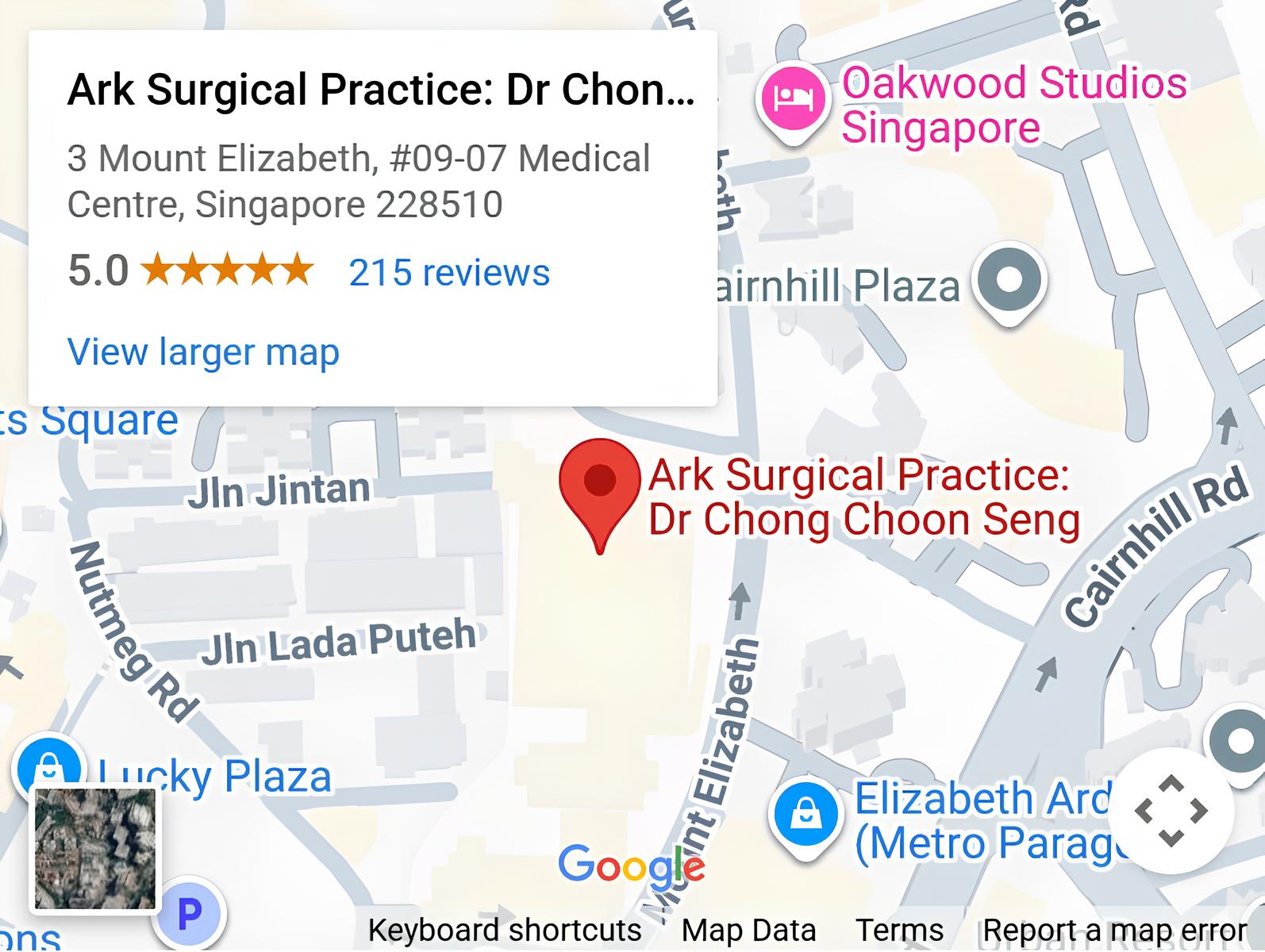Discovering an unexpected skin lesion during surgery can feel concerning, but this situation occurs more frequently than many patients realise. Surgeons often encounter these findings whilst performing procedures, particularly during operations involving larger skin areas or when examining tissue under magnification.
This article explains what happens when skin lesions are found during surgery, the types commonly discovered, and what patients can expect regarding treatment and follow-up care.
What Are Skin Lesions?
Skin lesions are abnormal growths or changes in the skin, such as lumps, patches, or discolouration. They can be benign or malignant and vary in appearance. Common examples include cysts, lipomas, and moles.
During procedures like laparoscopic hernia repair or colorectal surgery, lesions near port sites or along the abdominal wall may be identified unexpectedly. The surgeon may assess or remove the lesion depending on its features and clinical relevance.
Why Skin Lesions Are Discovered During Surgery
Skin lesions may be noticed during surgery for several reasons that aren’t always obvious during regular check-ups:
Better visibility: Bright surgical lights and tools help surgeons spot small or hidden skin changes.
Hidden areas exposed: Surgery often involves parts of the body that patients or doctors don’t usually see, like the back or scalp.
Changes over time: A spot may have changed or appeared between your last consultation and the day of surgery.
Common Lesions Noticed During Surgery
Various skin growths may be discovered during surgical procedures. Most are harmless, but some may require further attention:
Seborrhoeic keratoses: Brown, waxy, or scaly growths often seen with age. These are benign and usually don’t need treatment unless irritated.
Skin tags and benign moles: Small, soft growths that are typically harmless but may be removed if they interfere with the surgical site or for comfort.
Unusual pigmented lesions: Dark spots or moles with irregular shape, colour, or borders may raise concern. These can be documented and referred for biopsy.
Possible basal cell carcinoma: Non-healing sores or pearly bumps may suggest early skin cancer. These findings are typically referred for further evaluation.
What Happens When a Lesion Is Discovered
If a skin lesion is discovered during surgery, it is assessed and managed according to standard clinical protocols:
- Documentation: The lesion’s size, location, and appearance are recorded in the operative notes. Photographs may be taken.
- Assessment: The surgeon evaluates whether the lesion appears benign or potentially concerning.
- Discussion: Patients are informed after surgery and advised on follow-up steps, such as observation, biopsy, or removal.
Management options depend on the lesion’s characteristics and urgency:
- Monitoring: Benign-looking lesions may simply be observed over time.
- Biopsy: Suspicious lesions are typically sampled under local anaesthetic in a follow-up setting.
- Excision: If suitable, the lesion may be removed during the same procedure with patient consent.
- Referral: Complex or high-risk lesions may require a separate procedure. Patients may be referred to specialist care for a comprehensive mole removal guide if further evaluation or treatment is needed.
When to Seek Medical Advice
Patients should contact their surgeon if any of the following occur after a skin lesion is identified during surgery:
- Signs of infection: Redness, swelling, warmth, or discharge at a biopsy or excision site.
- Changes in the lesion: Rapid growth, colour changes, bleeding, or new symptoms in the identified lesion before treatment.
- New suspicious lesions: The appearance of additional skin changes elsewhere may require further evaluation.
- Delayed healing or discomfort: Persistent pain, itching, or unusually slow healing around the site should be reported promptly.
Conclusion
The incidental discovery of skin lesions during general or colorectal surgery offers an opportunity for early detection and appropriate follow-up. Most findings are benign, and those requiring further care can be managed through established protocols and, when needed, referred to dermatology or specialist clinics.
If you’ve had a lesion identified during a procedure like hernia repair or colorectal surgery and are unsure of the next steps, speak with your surgical team for further guidance.







